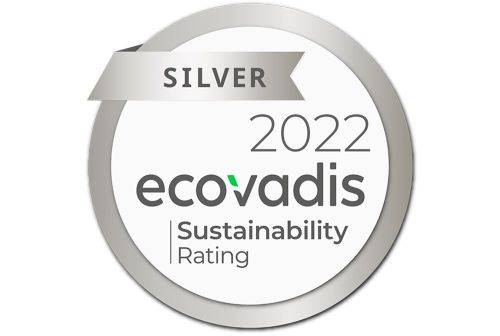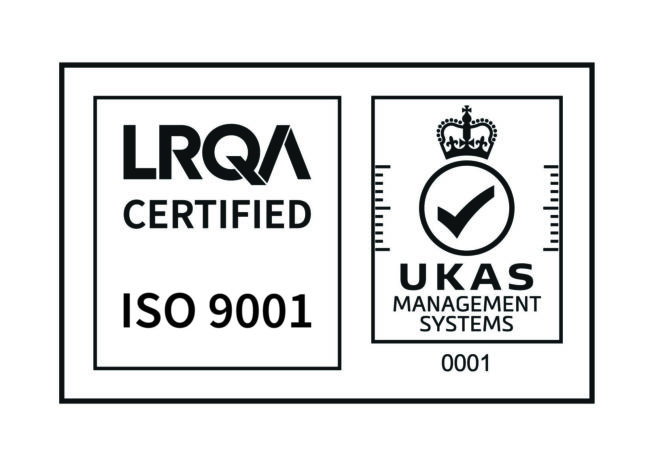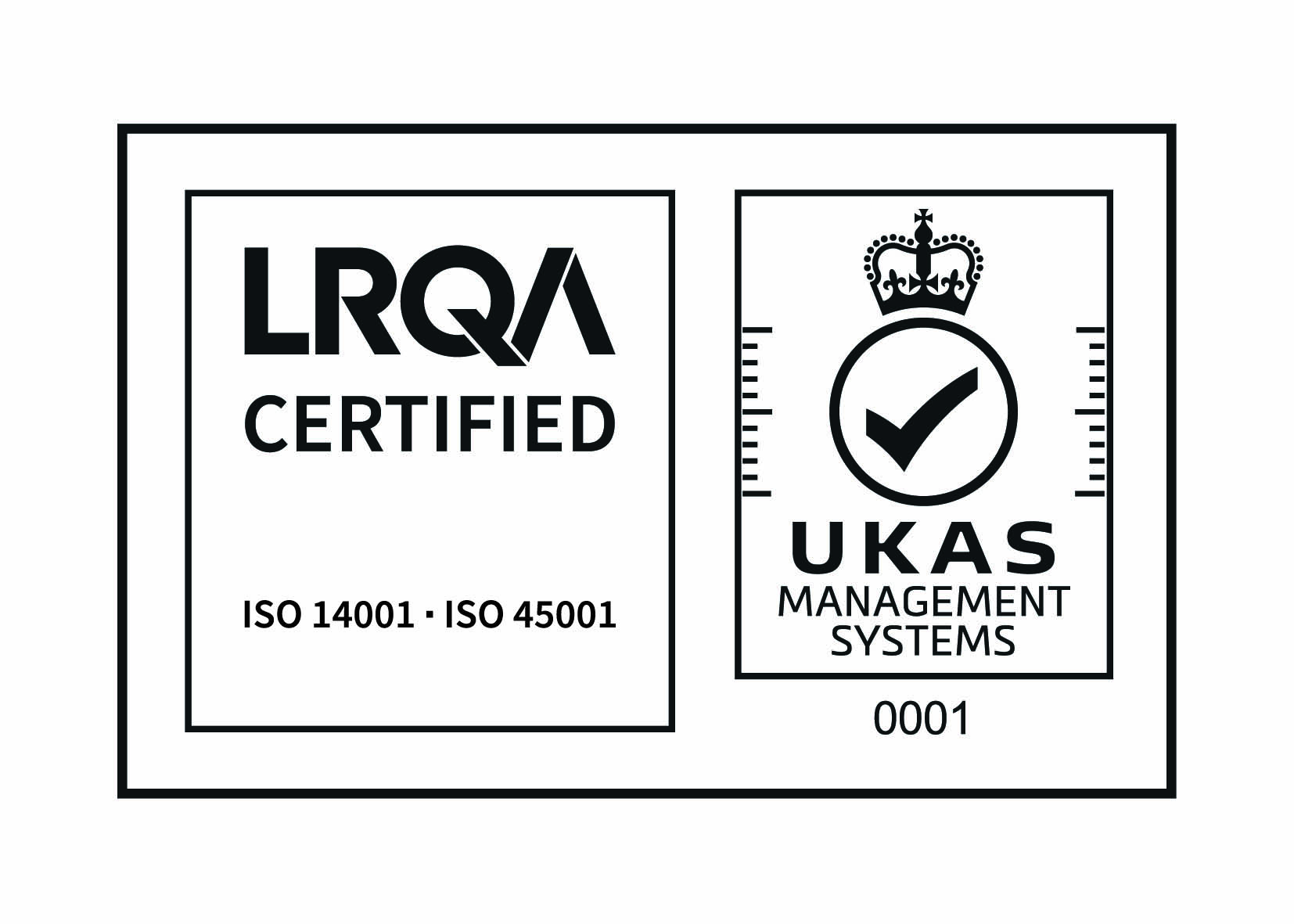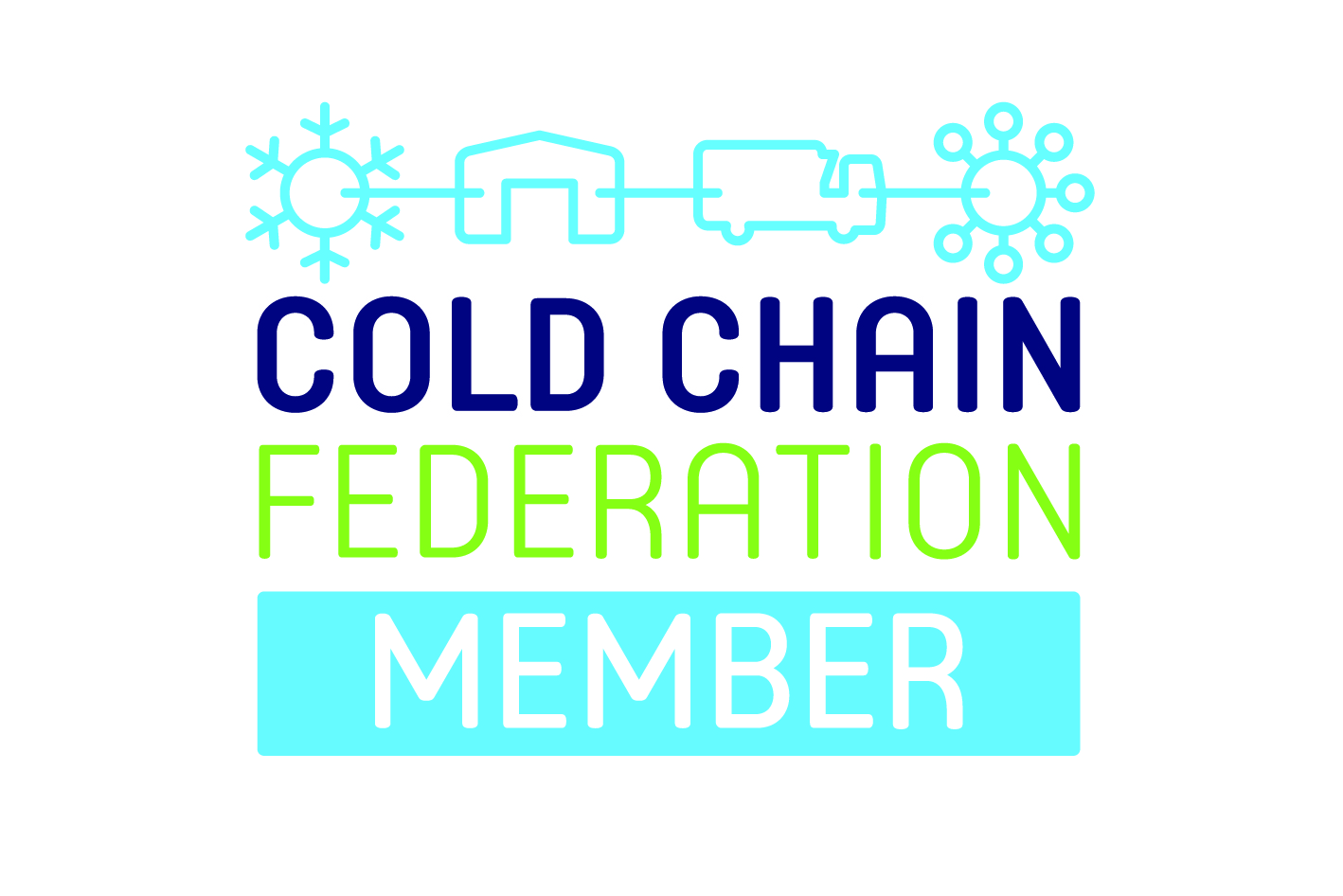How to safely deliver pharmaceuticals to remote locations
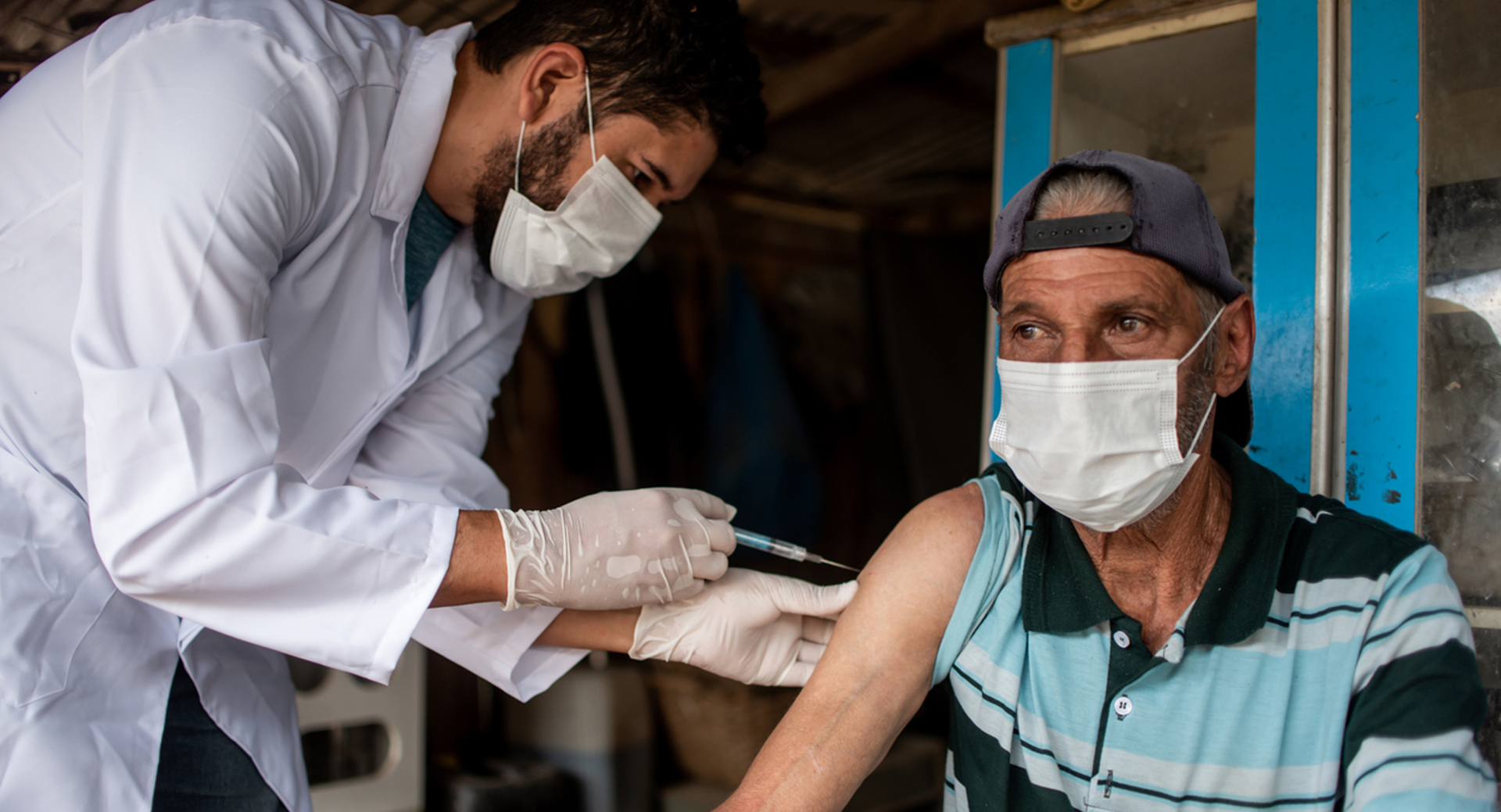
| Issue Month: | February 2023 |
It is vital for developing countries around the world, even in remote locations, to continue to have access to life-saving medical supplies. However, many factors such as regulatory restrictions, a lack of stable road and rail infrastructure, adverse weather conditions, and power cuts can threaten the integrity of pharmaceutical supplies during transportation.
With the increased risks in delivering pharmaceuticals to remote locations, it is especially important to ensure that the supply chain can offer reliability and security so that all-important medical supplies aren’t jeopardised.
To avoid temperature excursions or deviations when delivering pharmaceuticals to remote locations, ‘passive containers’ have in recent times, become the preferred mode of packaging. With contingency built in, a passive container will maintain its temperature-controlled environment without requiring any manual intervention or electrical power source during transit, which makes them especially suited for use in more remote locations.
Passive systems operate using phase change materials (PCM), utilising water, ice, or dry ice to maintain thermal accuracy. By eradicating the need for external influences and offering a solution which stands alone and performs, it is no surprise that passive containers are quickly becoming the sensible choice to de-risk the shipment within these unpredictable supply chains.
And, more to the point, for some developing countries, simply being able to accommodate an ‘active’ packaging solution can prove to be a difficulty – with complications such as insufficient plane size and the lack of space, power and storage in distribution centres.
With local distribution partners often having to deal with farm or rural deliveries where the patient or medical centre resides in isolated, inaccessible areas, these deliveries are near on impossible with containers requiring an electricity source. It is here however that passive temperature-controlled technology has helped simplify the delivery of sensitive items.
Tower’s passive containers provide reassurance for unpredictable circumstances, with up to 120 + hours of temperature-controlled performance. The containers are also externally readable with the use of data loggers that allow for the temperature of supplies to be thoroughly monitored without disturbing the shipment whatsoever.
Tower offer a range of containers in a range of sizes – from pallet-sized containers to the small box, easily-to-handle KTEvolution at 26 and 57 litres.
When deliveries need to be made to remote locations where infrastructure is not available to support a compliant supply chain, the use of a passive packaging system wins out. Certainly, within the freight forwarding and specialist courier market, the use of a passive packaging system provides greater reliability and performance.
With local customs procedures varying extensively per location, with some countries requiring the broker to move between local and national government customs offices and then to the Ministry of Health for approval before pharmaceutical products can be released for import, the risk of delay is massive. To alleviate the threat of temperature excursion, pharmaceutical organisations require temperature-controlled containers, robust enough to protect products, and reliable enough to reduce the risk of wastage.
Don’t just take our word for it. Find out how we helped a freight forwarder customer deliver pharmaceuticals to remote locations, even when faced with customs delays over Christmas. Stuck for 10 days in customs over Christmas
